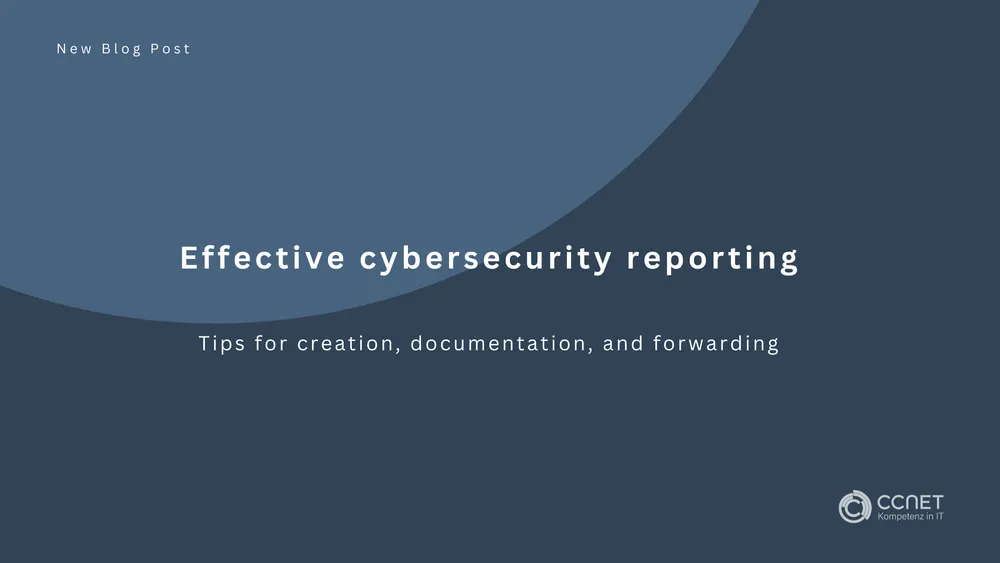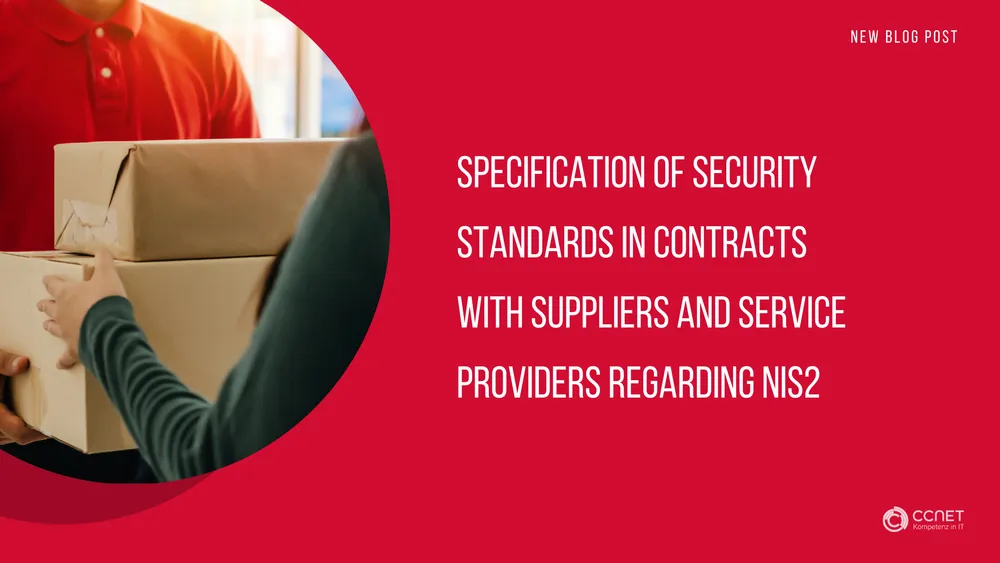
CCNet
Apr 9, 2025 • 3 min read

Compliance register: a central tool for effective compliance monitoring
## Compliance Register: A Central Tool for Effective Compliance Monitoring
A compliance register is an essential component of robust compliance management. It enables the systematic recording and monitoring of all legal and regulatory requirements, internal policies, and contractual obligations. Regular updates of this register ensure that companies consistently meet the latest compliance requirements and identify and mitigate risks at an early stage.
Structure of the Compliance Register
A well-structured compliance register comprises a series of categories that allow all compliance-relevant information to be captured in an organized manner. The following elements should be included in the register:
- Regulatory Area
Each entry begins with the area in which a specific requirement exists, such as data protection (GDPR), cybersecurity (NIS2), occupational safety, or quality management (ISO 9001). - Requirement
Here, the specific measure or provision that must be complied with is detailed. This could be a reporting obligation, the implementation of certain management systems, or the fulfillment of internal standards. - Responsible Department
Clear responsibility is crucial. This field specifies the department responsible for complying with the respective requirement, such as IT security, data protection, or occupational safety. - Responsible Person
The individual responsible for overseeing and implementing the compliance measures is named here. Clear accountability contributes to the efficient fulfillment of requirements. - Review Date
This entry indicates when compliance with the respective regulation was last reviewed. Regular updates of this field support dynamic compliance management. - Compliance Status
To assess the current state of compliance, the status is recorded as "Compliant," "Partially Compliant," or "Non-Compliant." This provides a quick overview of how well the requirements are currently being implemented. - Measures to Ensure Compliance
The measures and strategies implemented to comply with the respective requirements are documented here. These may include training, certifications, or process improvements. - Risk Assessment
The risk assessment indicates how severe non-compliance with the respective requirement could be. Risk categories typically range from "Low" to "Medium" to "High." - Last Audit
To ensure traceability, the date of the last audit or review of the requirement is recorded. This helps identify potential gaps or areas for improvement. - Documentation Reference
This field references the corresponding documents that prove compliance with the requirements, such as process descriptions, protocols, or certificates. - Notes/Comments
This provides space for additional information such as specific notes, ongoing improvements, or planned actions to optimize compliance.
Practical Example of a Compliance Register
A compliance register becomes a valuable tool through concrete entries. A typical entry might look like this:
- Regulatory Area: NIS2 Directive
Requirement: Reporting obligation for security incidents within 24 hours
Responsible Department: IT Security
Responsible Person: Max Mustermann
Review Date: 01.03.2024
Compliance Status: Compliant
Measures to Ensure Compliance: Incident response plan implemented, regular training
Risk Assessment: Medium
Last Audit: 15.01.2024
Documentation Reference: Incident Response Plan, IRP_2024_v1
Notes: Plan is updated annually.
This example shows how a specific compliance requirement is efficiently managed and tracked.
Explanation of the Columns in Detail
Each column of the compliance register has its own significance:
- Regulatory Area provides an overview of the context of the compliance requirement, e.g., data protection, IT security, or occupational safety.
- Requirement describes in detail what needs to be fulfilled.
- Responsible Department and Responsible Person clarify accountability.
- Review Date and Last Audit support ongoing monitoring of compliance measures.
- Compliance Status gives a clear assessment of the current level of compliance.
- Measures to Ensure Compliance and Risk Assessment enable accurate documentation and evaluation of compliance risks.
- Documentation Reference facilitates the retrieval of relevant evidence.
- Notes/Comments offer additional space for explanations and updates.
Conclusion
The compliance register is a living document that must be continuously maintained and updated. By capturing and monitoring all requirements in detail, it helps companies meet regulatory obligations, minimize risks, and pass audits successfully.


